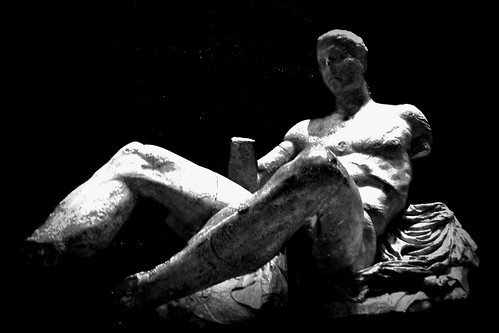
Introduction
Vicenza is situated between Padova and Verona, in the Veneto region of northern Italy. It is known as the city of Palladio. The 16th century architect Palladio, who worked in the city, is one of the most influential architects of all time. It is one of the wealthiest cities in Italy.
Unique Points
Vicenza has one the highest concentrations of historic buildings of any Italian city. The influence of Palladio is significant in the city. His best known works include the Basillica, the Tetro Olimpico, the world's oldest surviving indoor theatre, and the Villa Rotonda. However don't be put off and think that this is just a city for architecture buffs. The city centre is fairly compact and it is a pleasure just to wander round and soak up the atmosphere. The city is also famous for goldsmiths who were first referred to in the city statutes in 1339. There are around 1000 local firms producing half of Italy's goldware.
History
The town was declared a Roman municipability in 49 BC. It was referred to as the "mainland Venice" during Venetian rule between 15th and 18th century. It was occupied by the French in 1796 and the Austrians in 1797. In the period 1806 - 1813 it became part of the Italian state, then back to Austria before returning to the fold of a unified Italy in 1848. The city was the headquarters of the First Armed Gaurds in the First World War. The city was badly damaged by air raids during the Second World War, however it has been carefully restored to its former glory.
Getting there
Venice Marco Polo, Verona and Treviso are the nearest airports.
Vicenza is on the main rail line from Milan to Venice, so has a frequent train service.
It is easily accessible from the A4, the main Milan to Venice motorway. If you come by car, it would be better to find a hotel outside the city centre, as there are traffic restrictions around the city centre.
What to see
VIlla |Rotondo Palladio moved to Vicenza when he was 16. He was taken under the wing of Count Trissino, a great admirer of classical architecture. Trissimo even changed his protogees name from Della Gondola to Palladio in homage to the Greek Goddess of Wisdom, Pallas Athene. Wealthy Venetians coveted residences in the quiet countryside as a refuge from Venice, and Palladio was able to service this need with the construction of his magnificent villas. The Bascilica was one of Palladio's first major projects. His remit was to improve the old town hall. He achieved this by the addition of galleries around the buidling, open on one side supported by columns, known as loggia. The Palazzo Chiericati has been used as the civic museum since the 19th century. It houses an gallery dedicated to Vicentene artists. Teatro Olimpico was Palladio's last project, completed after this death by his son and Scamozzi. Palladio once again sought inspiration from the classical period when he was commissioned to design a permanent home for theatrical performances. The Olimpico is the sole suriving Renassiance theatre in the world. It is still used for performances but only during the Summer as there is not heating in the building. T
The author and poet Anthony Fogazzaro was born in Vicenza. He originally trained and practised as a lawyer. His work focused on moral issues and the conflict between reason and faith. His best known book is the Patriot published in 1895.
The artist Tiepolo painted several frescoes at villas near Vicenza. Rich Venetians loved to have their villa walls adorned with colourful mythological scenes. The frescoes are unusual in that they were painted during the construction of the villa, rather than as a later addition.
Where to eat
Baccalla a la Vicentina, dried cod cooked in milk, is the best known dish of the region. There is a website listing restuarants which serve this speciality on their menu.
If you are looking for a fast cheap meal self service, Righetti (Piazza duomo 3, tel 0444 543135) is close to the cathedral. It is very popular with locals, always a good sign.
The Agli Schioppi is close to the historic centre and offers typical Veneto cuisine.
Day trips
Bassano de Grappo is a lovely small town around 35 kms north east of Vicenza.
Verona lies approximately 60 kilometres west of Vicenza. It is easy to reacH Veron by train from Vicenza.
Treviso is a beautiful small city lying 50 kilmetres west of Vicenza.
You can the full guide with photos and a selection of accommodation at http://www.europealacarte.co.uk/Italy/vicenza.html
Karen Bryan is a UK based independent travel consultant and writer. Her website Europe a la Carte, http://www.europealacarte.co.uk, features less well known destinations in Europe. Karen believes that if you venture even slighly off the beaten tourist track that you will see more of the real Europe.